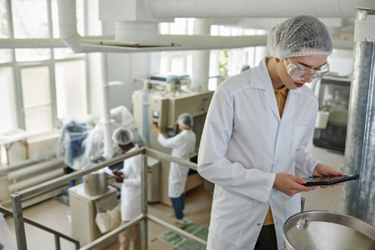Design Of Experiment (DoE) Based High Throughput Process Optimization For rAAV Manufacturing Development
By Rupert Derler, Kathrin Breunig, Sandra Lange, Martina Ohme, Markus Hörer, Florian Sonntag, and Andreas Schulze

Recombinant adeno-associated virus (rAAV) is a widely utilized viral vector for gene therapy, but manufacturing remains challenging due to the trade-offs between flexibility, scalability, quality, and speed to clinic in upstream production systems. Both adherent and suspension cell-based rAAV production processes are employed, with suspension platforms offering several advantages such as better scalability (scale-up versus scale-out), lower operational costs, and the elimination of animal-derived components.
However, traditional resource- and labor-intensive methods, like shake flasks or bench-top bioreactors, can limit throughput and hinder the ability to efficiently optimize rAAV production. In contrast, high-throughput, automated microbioreactor systems enable more effective bioprocess development by allowing simultaneous manipulation of multiple parameters, such as cell seeding density, DNA per cell at transfection, and pH setpoint. This study presents the results of a Design of Experiment (DoE) approach to assess how these process parameters impact rAAV yield and quality.
Get unlimited access to:
Enter your credentials below to log in. Not yet a member of Cell & Gene? Subscribe today.
